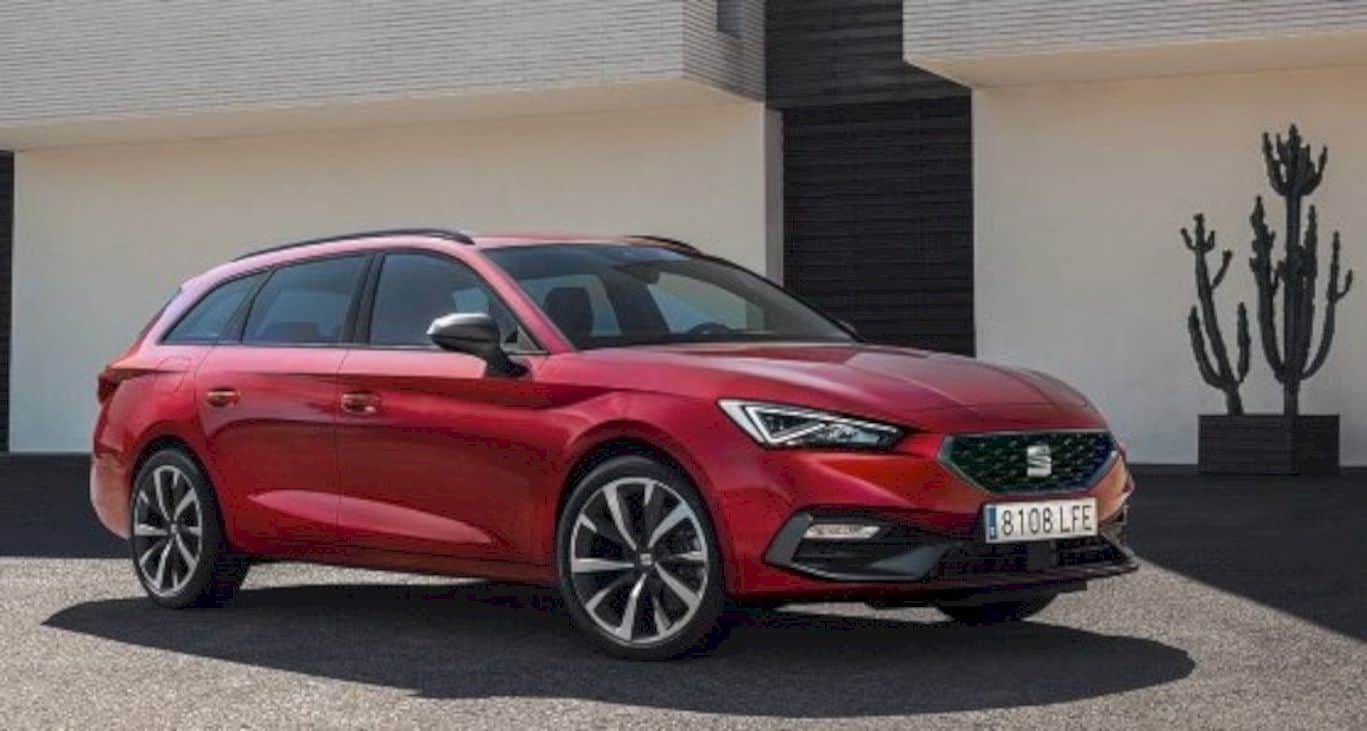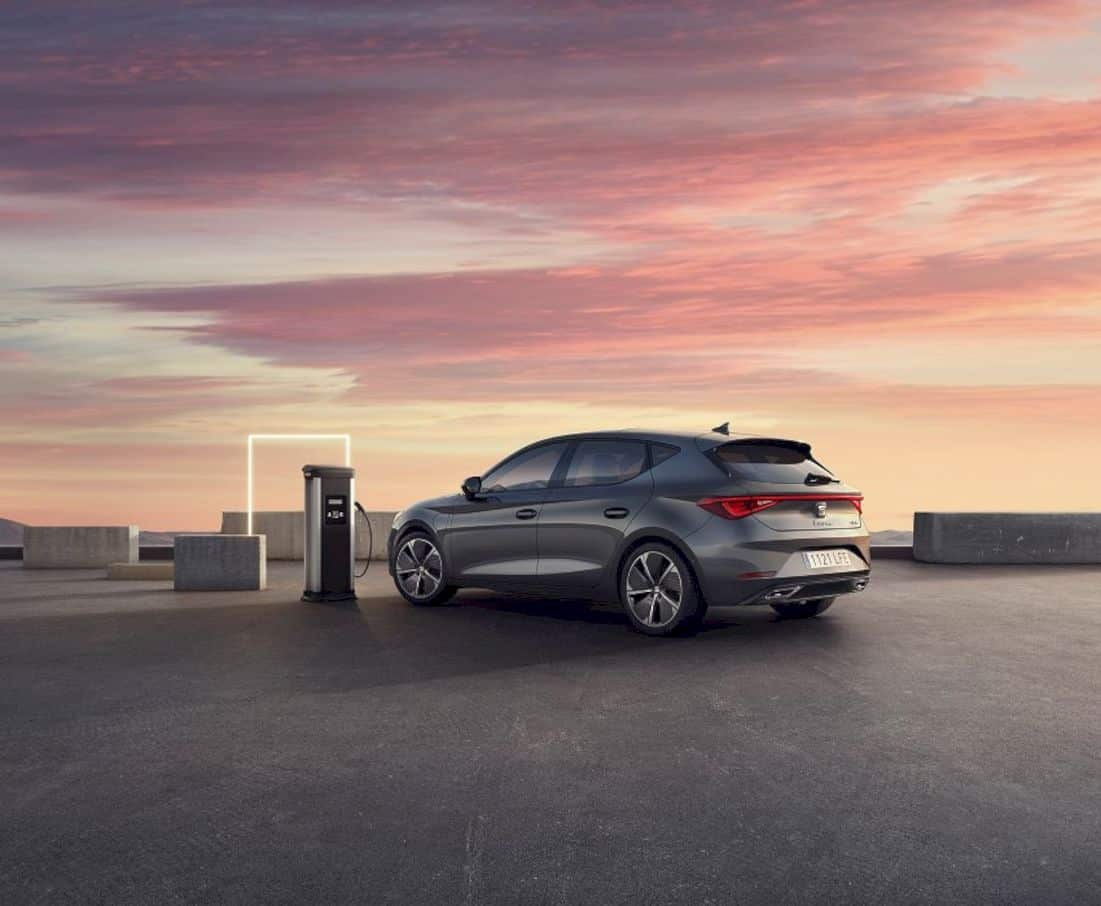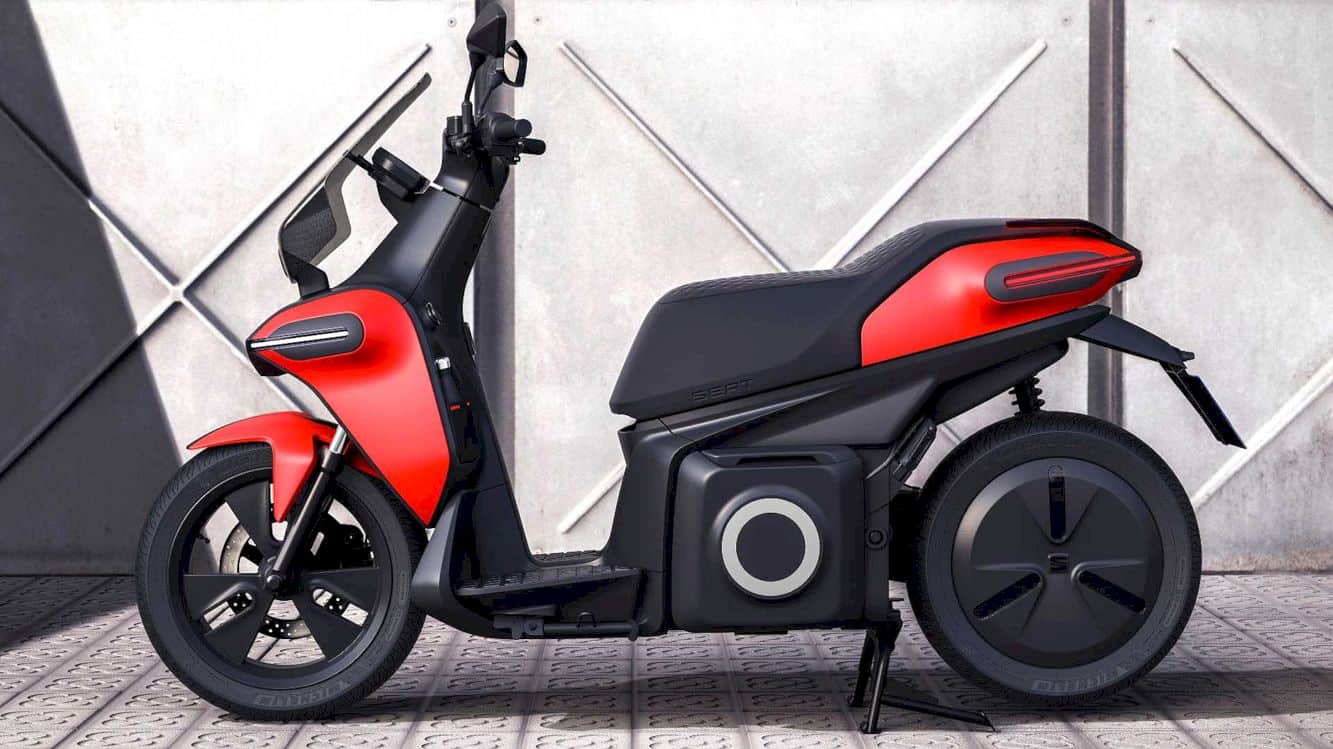SEAT is shaking up the compact segment with the unveiling of the new Leon. In addition to decidedly dynamic design, the fourth-generation Leon raises the bar on all fronts. It is more efficient, sportier, and safer than ever.
The design of the new Leon is even more pronounced than its predecessor. It stands out for a perfect mix of sharp and round lines. The LED headlights are placed slightly backward. This results in an eyebrow effect with which the Leon immediately stands out.
The rear with a prominent spoiler and LED lighting over the entire width of the car also makes the new Leon very recognizable. Besides, form and function go together seamlessly: the new Leon is the next level compared to its predecessor in terms of streamline.
The new Leon comes standard with LED headlights. Optionally, it is also available with full LED lighting. 22 LEDs per headlamp unit provide all light functions (low beam, high beam, daytime running lights, and dynamic turn signals) and they contribute to the unmissable Leon signature, thanks to the distinctive sleek LED lines in the headlamps.
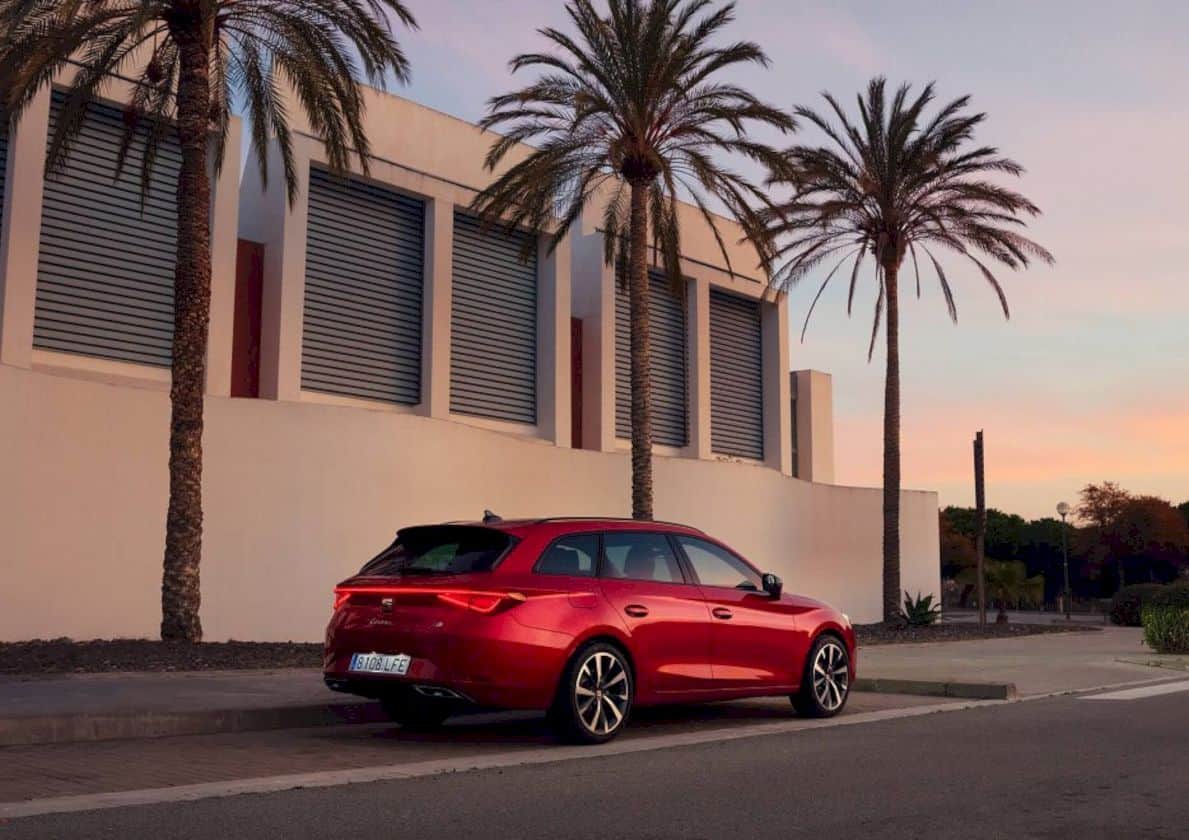

Each Leon has integrated LED turn signals in the exterior mirrors. Models with full LED lighting project the Spanish welcome greeting “Hola!” To the floor as soon as the Leon is unlocked. Also, this lighting welcomes the driver before departure with a striking light animation when unlocking the car.
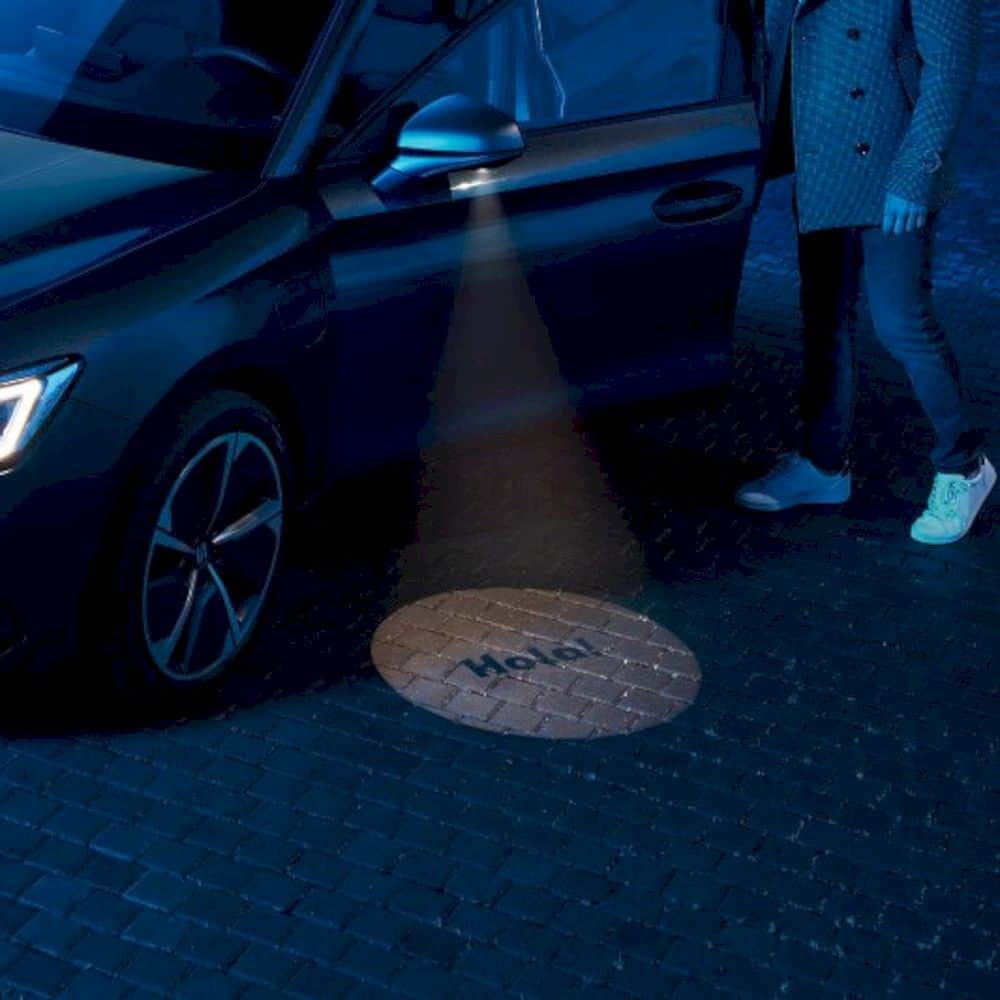
The new Leon is the first SEAT to be fully connected. The hub is the SEAT digital instrument panel (Virtual Cockpit) with a 10.25-inch display. The driver can determine what is displayed on this high-resolution screen. An infotainment system is also always standard.
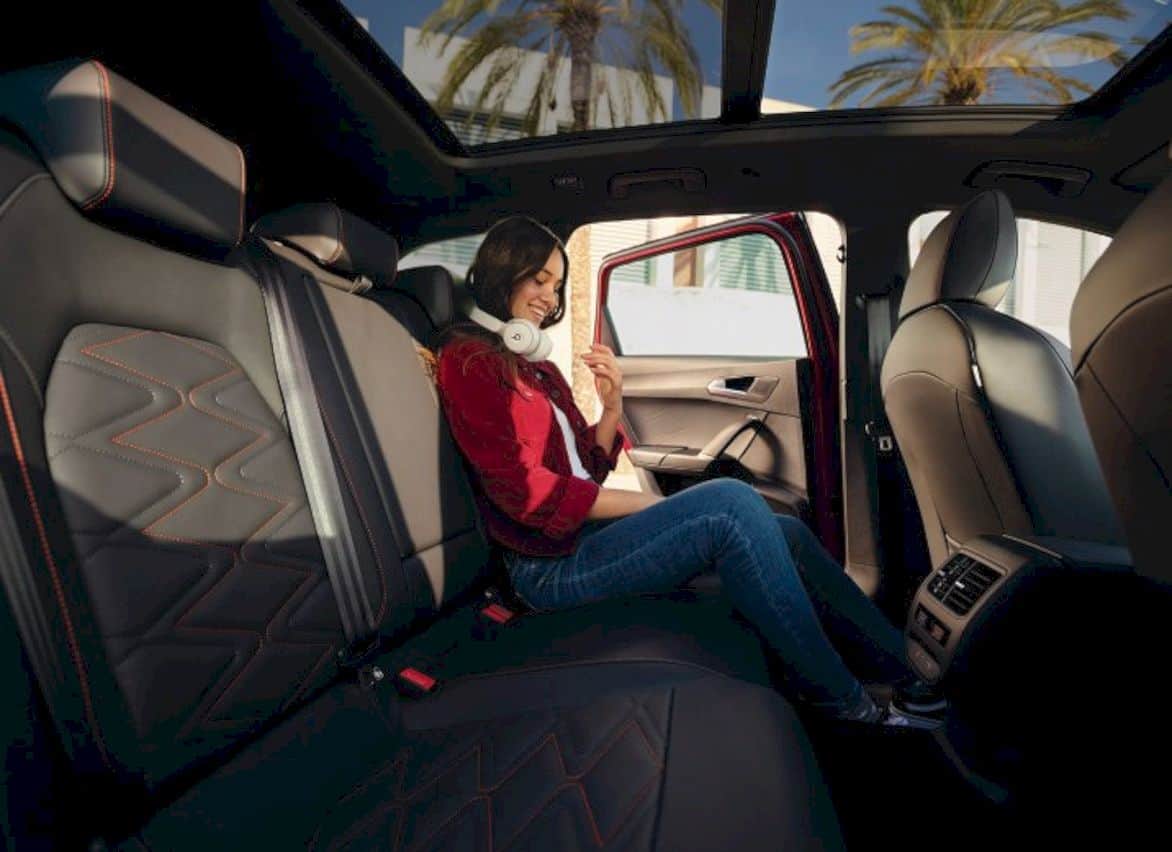
The basic version already has an 8.25-inch display that is compatible with smartphones and audio. The extended system with a 10-inch screen and navigation includes online 3D navigation. The display has touch and gesture control. In addition, the voice control of this system facilitates interaction between driver and car.
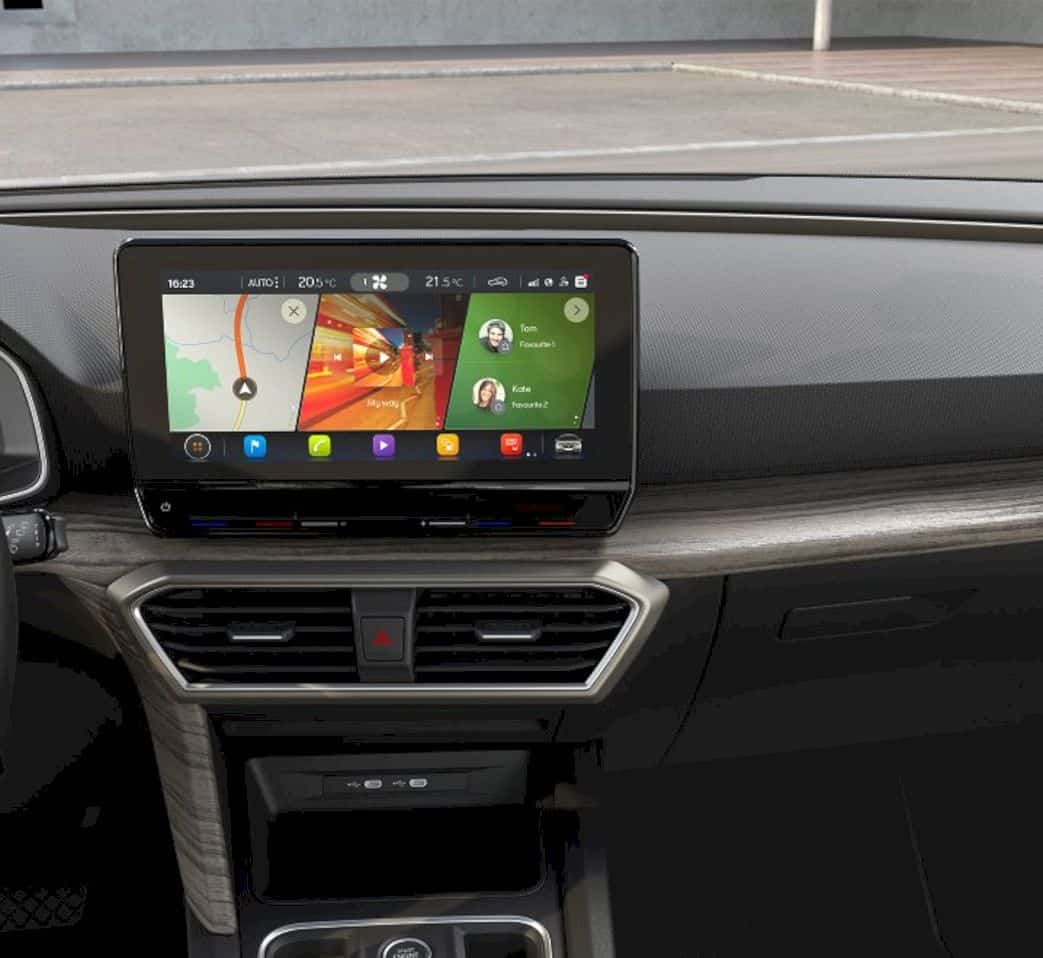
Smartphone integration (Full Link) makes it possible to connect mobile devices (Android and iOS) wirelessly to the car via Android Auto or Apple CarPlay. This brings the user’s digital ecosystem to the car.
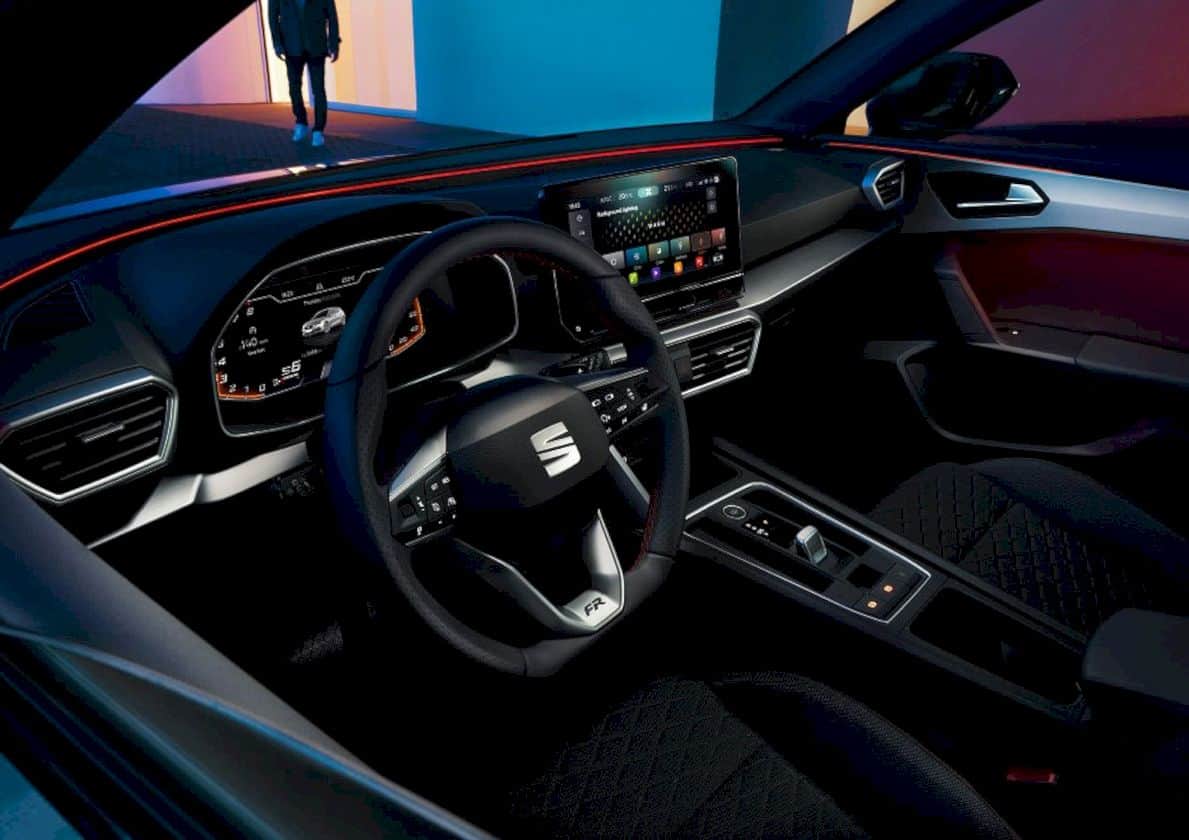
The new SEAT LEON Sportstourer is available with petrol (TSI) and diesel (TDI) engines. In addition, there will be hybrid versions (ETSI) and a plug-in hybrid variant (eHybrid). All petrol engines have direct fuel injection and turbo technology.
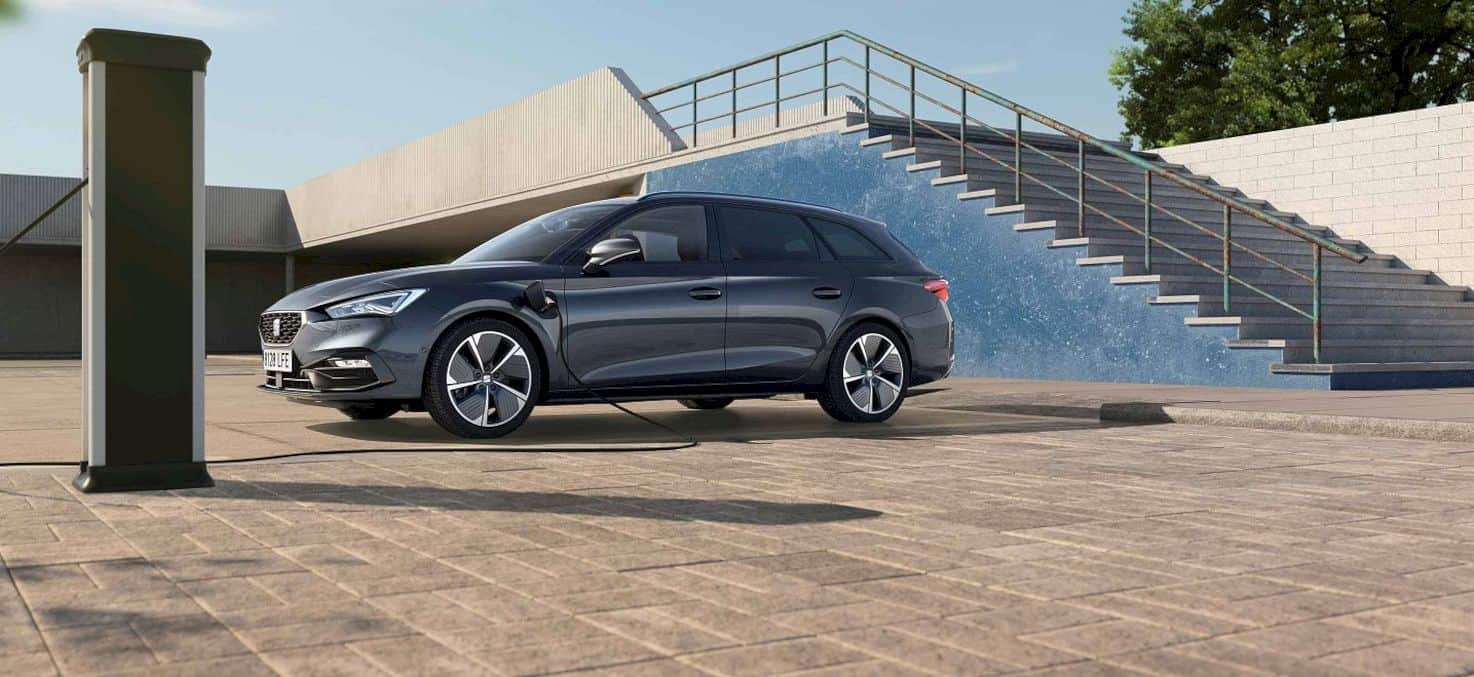
The 1.0 TSI three-cylinder comes in two power variants: 66 kW / 90 hp and 81 kW / 110 hp. The four-cylinder 1.5 TSI also offers two power options: 96 kW / 130 hp and 110 kW / 150 hp. The 2.0 TDI is available with 85 kW / 115 hp in combination with a manual transmission or 110 kW / 150 hp in combination with a DSG automatic transmission.
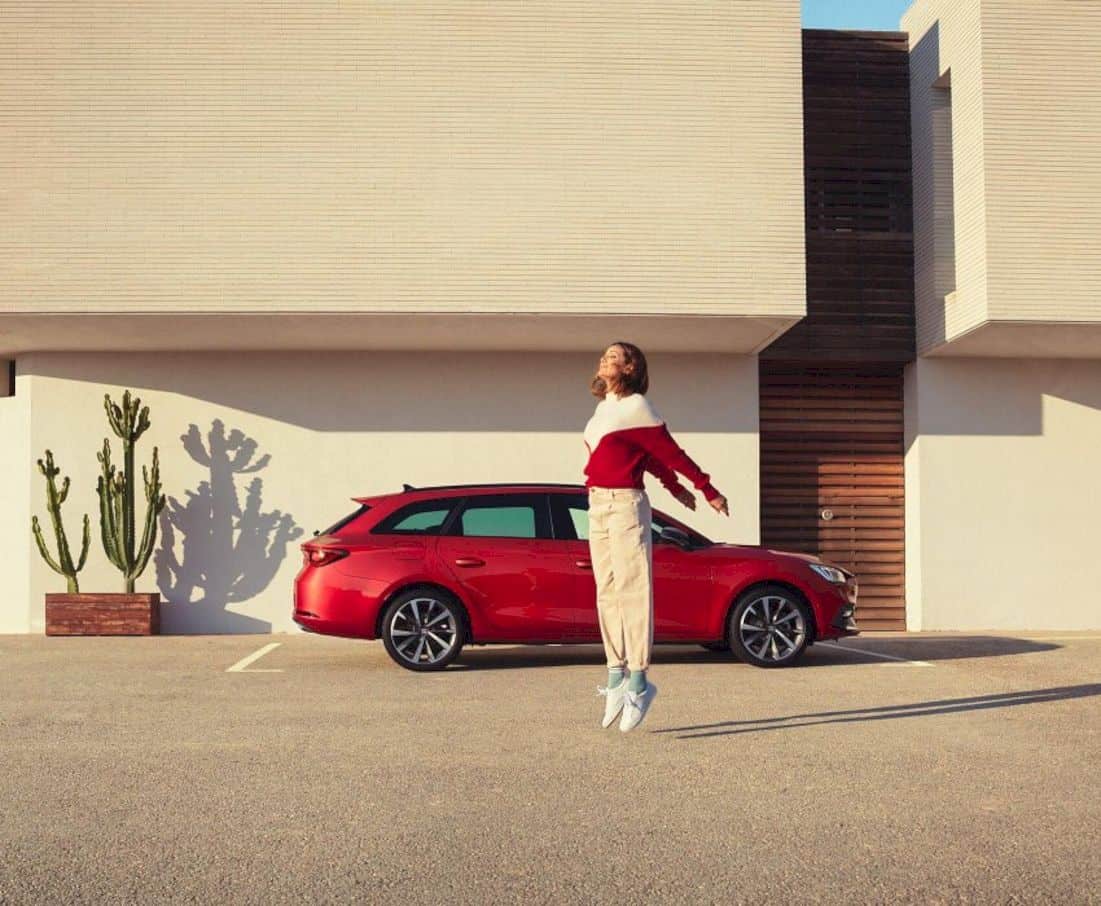
The new Leon is built on the further developed (Evo-) MQB platform and has grown considerably compared to its predecessor. With a length of 4.37 meters, the five-door version is 8.6 cm longer than its predecessor. It is 1.80 meters wide (-1.6 cm) and 1.46 m high (-0.3 cm).
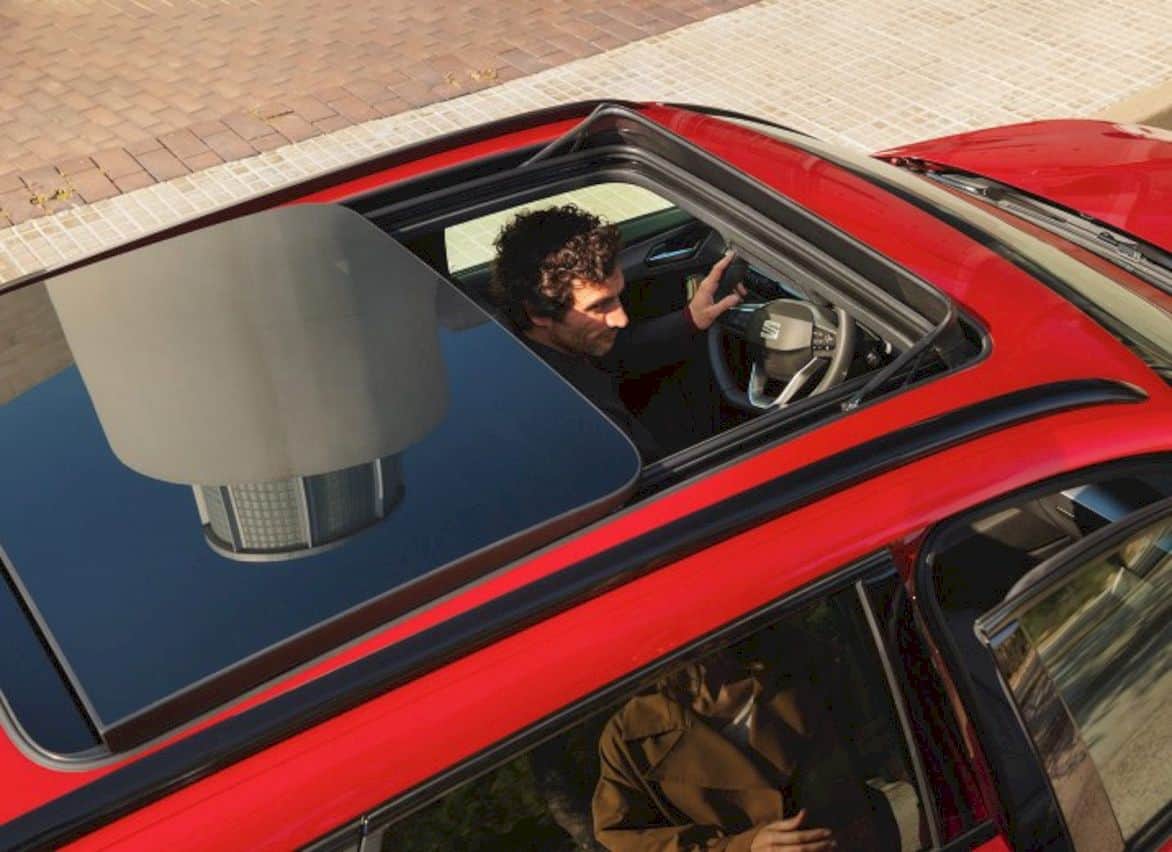
The wheelbase of 2.69 meters (+ 5.0 cm) forms the basis of a very spacious passenger compartment. The luggage compartment capacity is 380 liters. The new Leon Sportstourer is 4.64 meters long (+9.3 cm), 1.80 meters wide (-1.6 cm), 1.45 meters high (-0.3 cm), and, like the five-door, has a wheelbase from 2.69 meters.
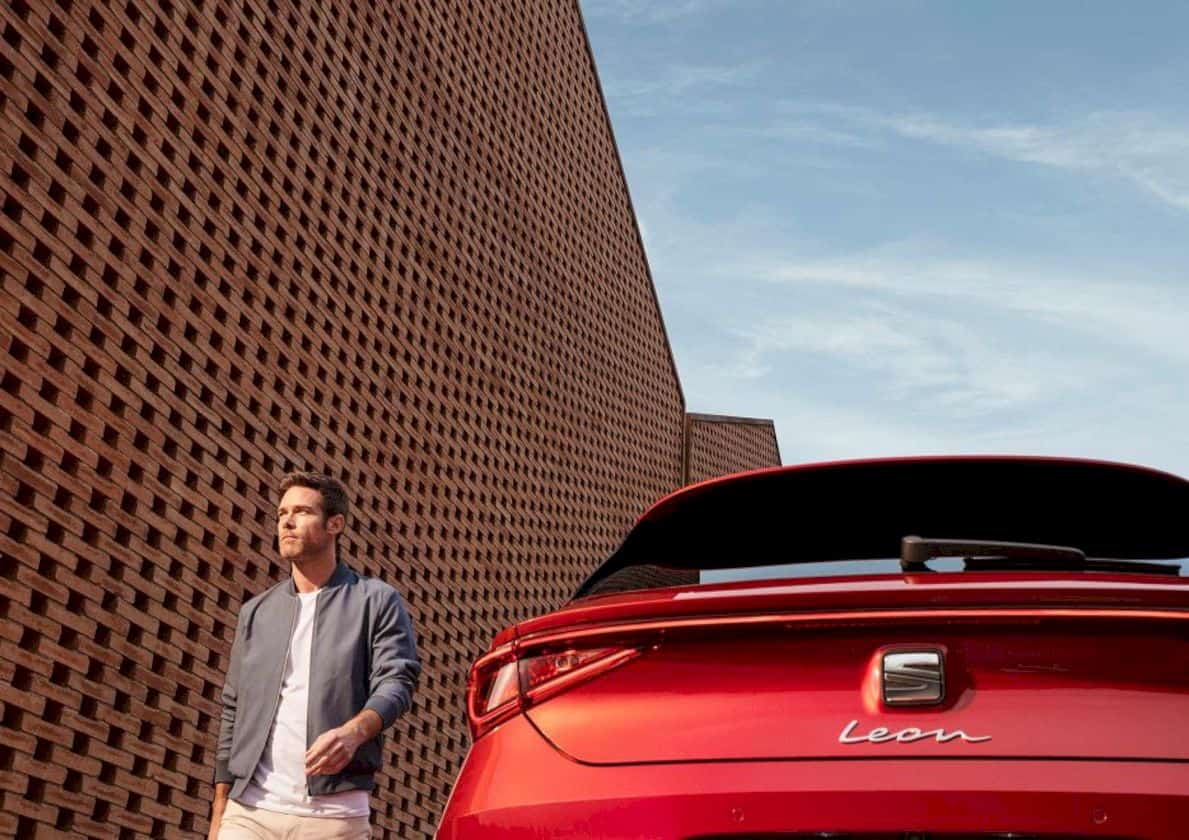
A luggage compartment with a capacity of no less than 617 liters (30 liters more than in the previous generation) is indicative of the versatility of the new Sportstourer.
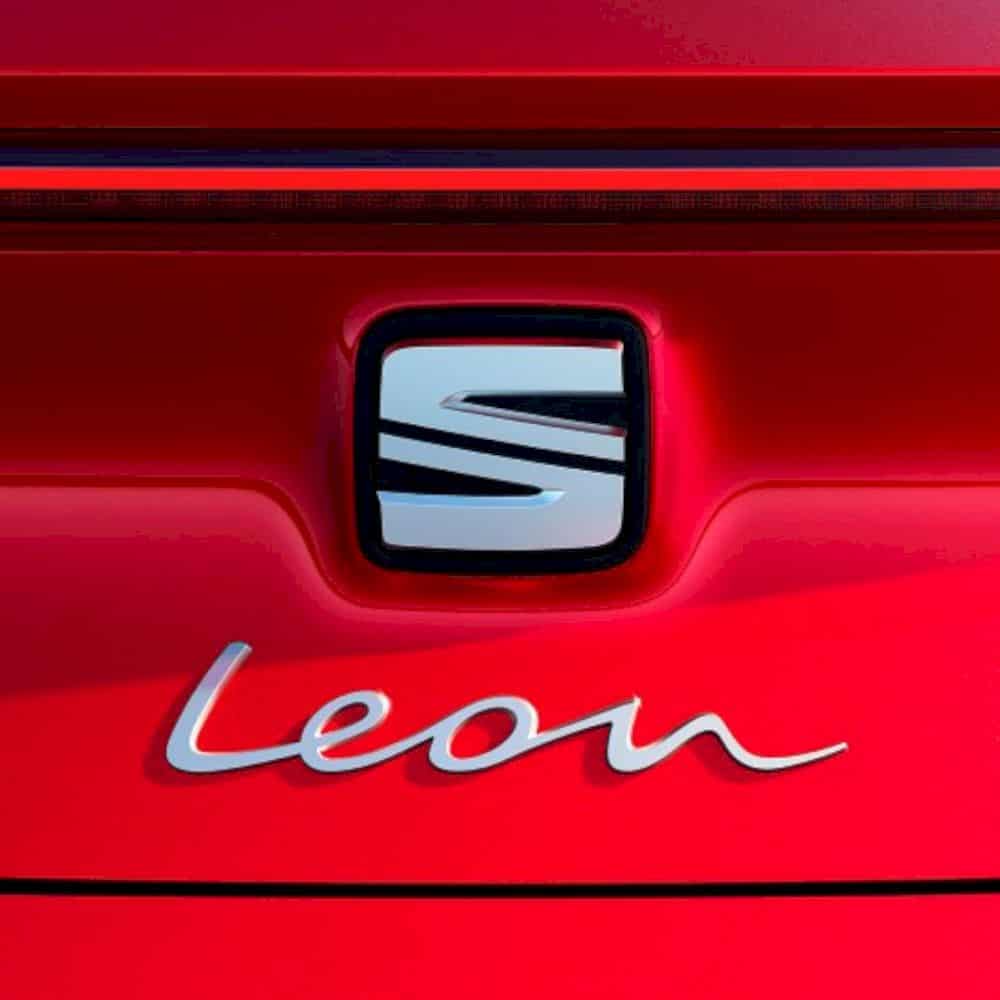
The new SEAT Leon is expected to enter the market in the second quarter of 2020. There is then a choice of three versions: Reference, Style, and FR. The exact specifications and prices will be announced in the run-up to the market introduction.
